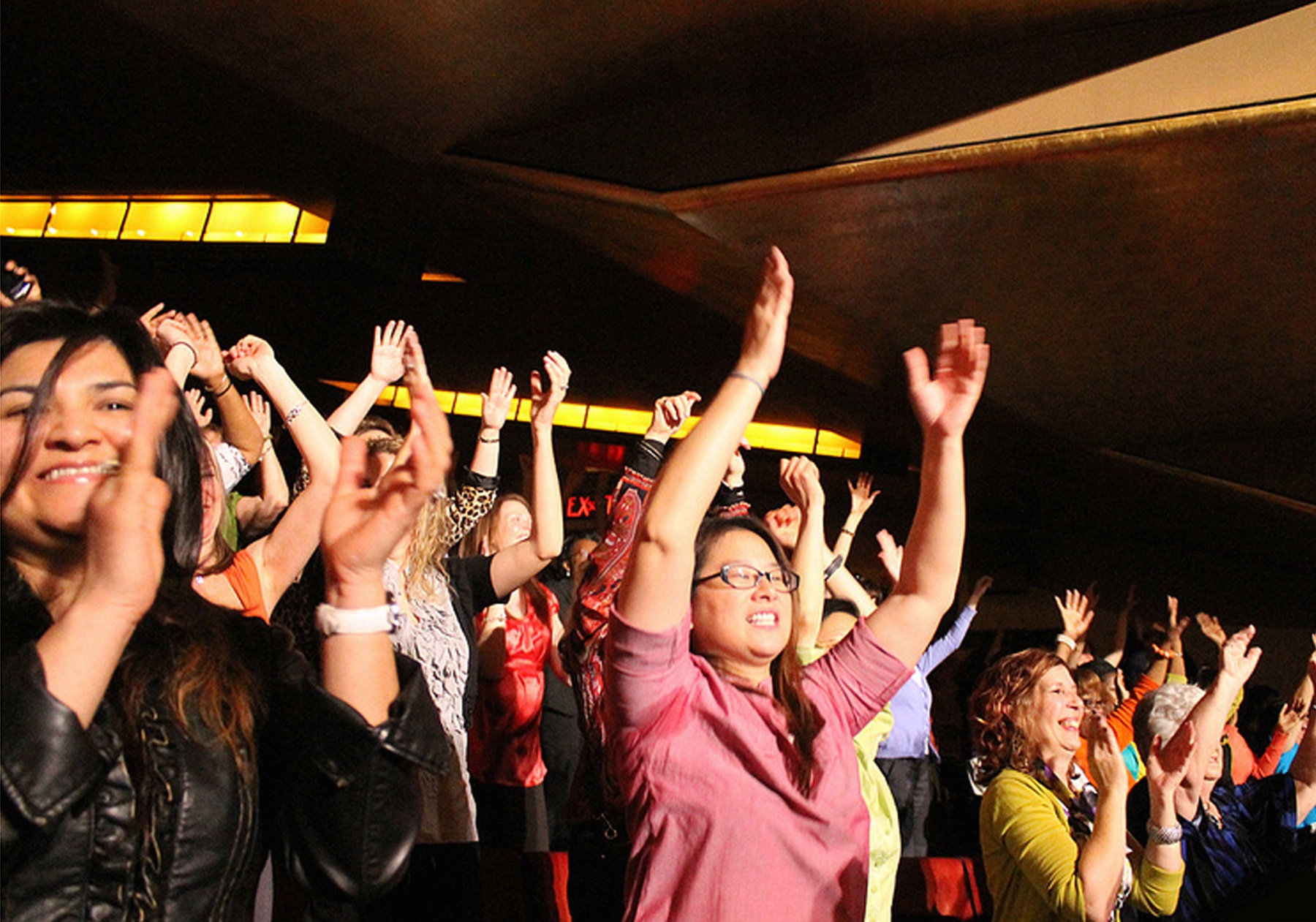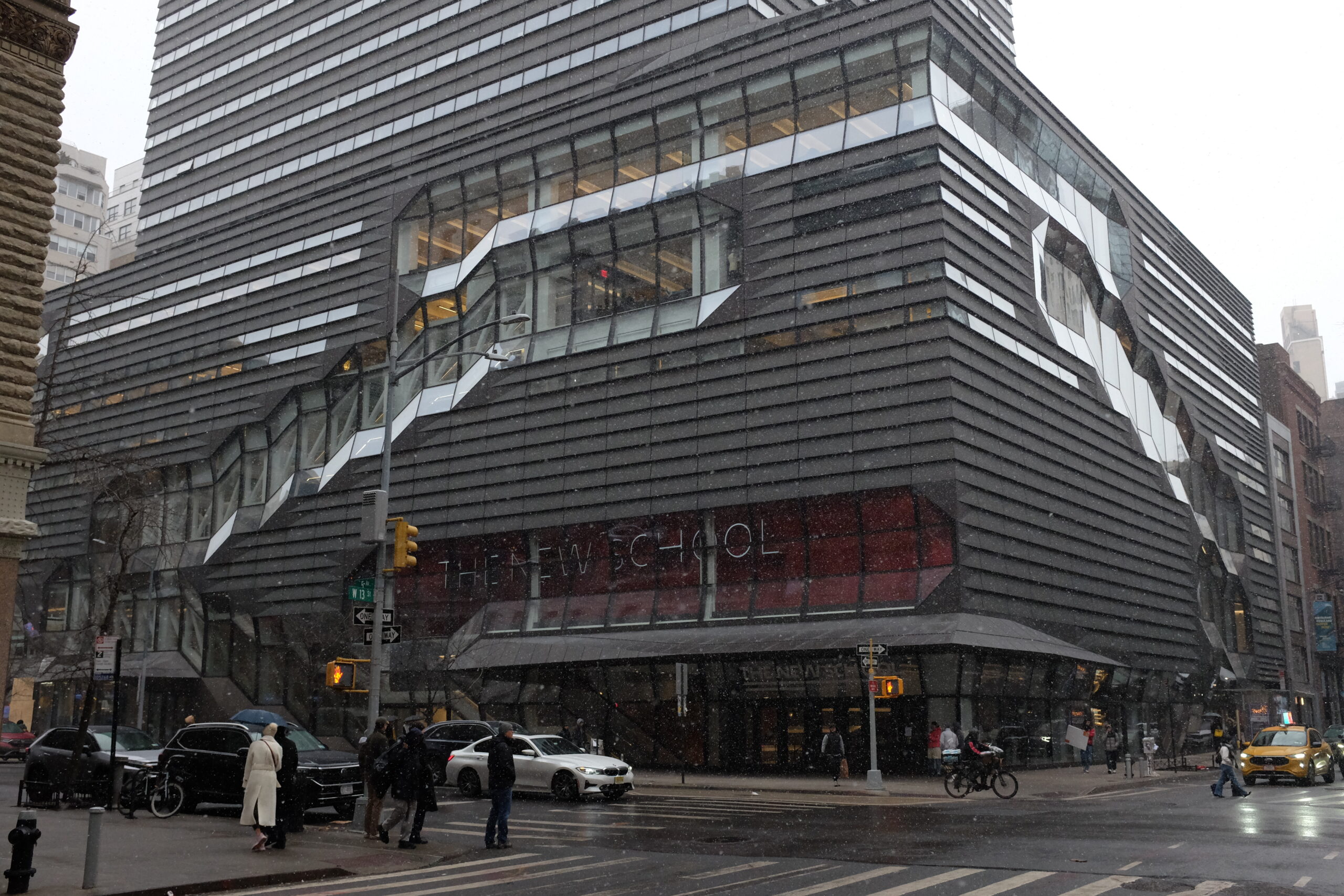On April 2, I was waiting in line at the entrance of Radio City Music Hall where Oprah and motivational speaker Tony Robbins were conducting two-hour “Life Classes” as part of a three-city televised tour promoting spiritual growth and life betterment.

“It was amaaazing and so worth it,” says a middle-aged woman from New Jersey to anyone who would listen. She had just come out of the morning session.
Inside Radio City Music Hall, I learned, at the last minute, that I – along with other student journalists and VIPs – was going to meet and take a picture with Oprah before the show. I instantly felt the need to shower. I wondered if she would find my cheap body spray smell offensive. I don’t think Rite Aid brand body spray was on her Favorite Things list. Were my colors bright enough – in the pre-show email it clearly specified that the audience must be wearing bright colors – and was my aura peaceful enough and deserving of an interaction with her aura?
It’s difficult not to get sucked into Oprah’s world. She is the preacher of her own religion, which enthusiastically tells you that if you believe with enough gusto, all your dreams will come true. And why not? She is the product of this dogma. Even non-believers know the story of Oprah’s ascendance from poor Mississippi girl to $2.7-billion-net-worth media mogul, a success she attributes to her ability to “do anything” because she is “God’s child.”
The culture of Oprah is akin to the evangelical faith I was immersed in growing up.
T.D. Jakes, the pastor of a non-denominational megachurch in Texas, who preaches that god cares about the individual’s spiritual and financial well-being, is the speaker at Oprah’s last Life Class. My family attended a local church of the same evangelical prosperity grain, a nationwide religious phenomenon spread in megachurches and on Christian networks and backed by Oprah-esque celebrities like Tyler Perry. Often our “prophetic” preacher would guarantee instant gratification by declaring that God was going to bring X amount of money into the congregation’s lives by next week, if we believed earnestly enough. When I attended Oprah’s Life Class, I had flashbacks of my childhood’s church services. The message was the same, but under a different name.
After riling up the 5,000 audience members with dances and ice breakers, the energetic Tony Robbins, who “believed” himself out of near-homelessness and into a mansion, gave us three steps to succeed in anything: get a strategy, change your story and change your state. He demonstrated these steps with seemingly hopeless cases that ranged from a drug addict to a man trying to get the confidence to propose. Through Skype and their audience, Oprah and Tony counseled nine people while doing a live show. It was like speed therapy. Audience members were awed when the man gained the confidence to propose right before their eyes. This reminded me of seeing televangelists “heal” people of diseases in real time. Everyone starts clapping and jumping for joy because they believe, despite the absence of a test, that everything the preacher tells them is right.







Leave a Reply